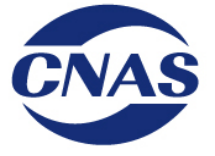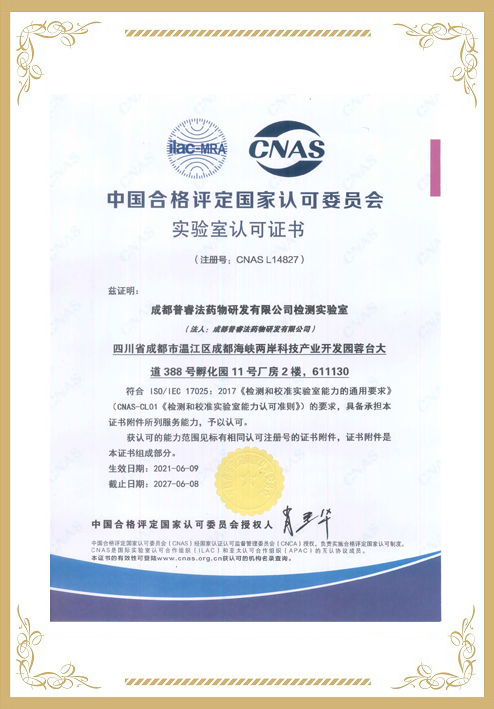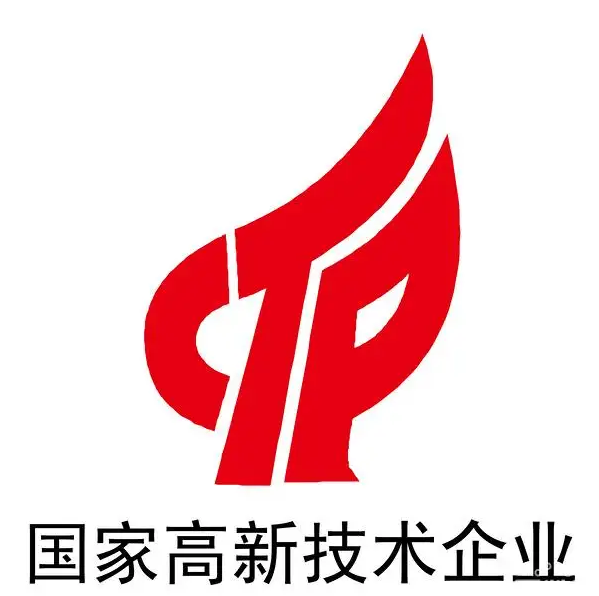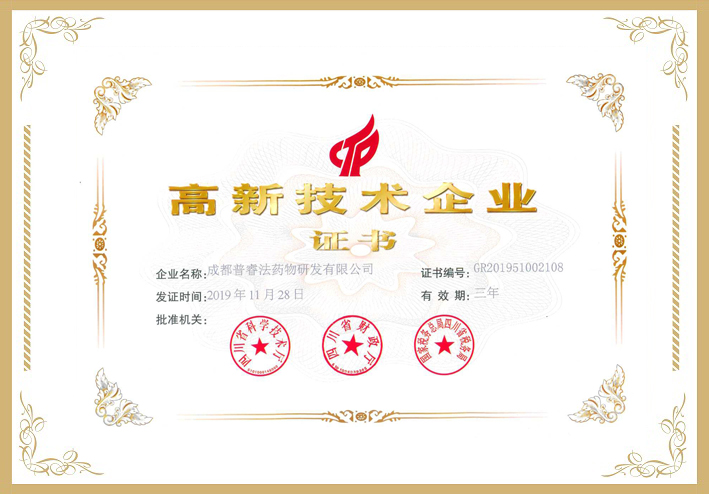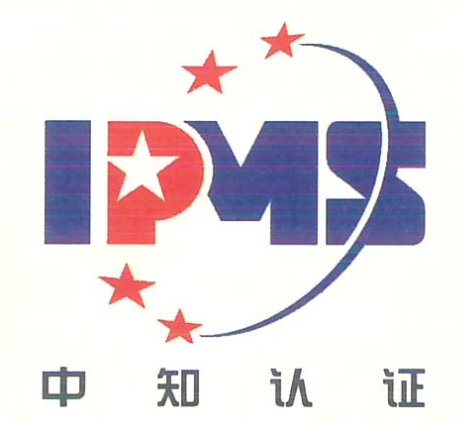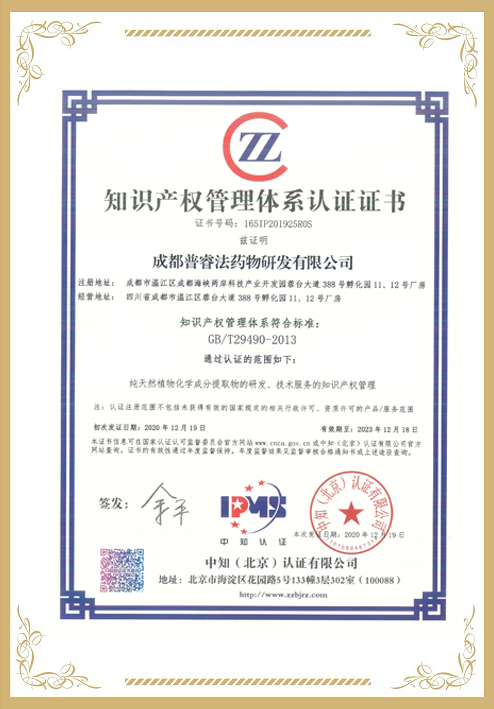Objective
Hepatocellular carcinoma (HCC) is a leading cause of mortality worldwide. Huachansu (Cinobufacini) is active extract isolated from the dry skin of Bufo Bufo gargarizans. It has now been widely used in clinical treatment of cancer, this study is to clarify the material basis of down-regulation of thymidylate synthase (TYMS) induced by Huachansu.
Methods
Our study utilized UPLC-MS/MS to identify major bioactive components from Huachansu. Cell Counting Kit 8 (CCK-8) assay and clone formation assay were used to examine the cell viability of tumor cells. TYMS and γ-H2AX level were detected by using quantitative real-time RT-PCR and/or western blotting. Small interfering RNA (siRNA) transfection was used to explore whether inhibition of TYMS could enhance the suppressive effect of Huachansu on cell growth of HCC cells.
Results
In our study, firstly, we identify 21 major bioactive components from Huachansu. CCK-8 assay results showed that Huachansu and its bioactive bufadienolides (Bufalin, Bufotalin, Cinobufotalin, Desacetylcinobufagin, Arenobufagin, Telocinobufagin, and Resibufogenin) significantly inhibited the proliferation of HepG2 and SK-HEP-1 cells in a dose- and time-dependent manner. Further molecular mechanistic investigation demonstrates that Huachansu significantly suppresses thymidylate synthase (TYMS), the enzyme which provides the sole de novo source of thymidylate for DNA synthesis. The inhibition of TYMS could lead to cell-cycle block and DNA damage of HCC cells. Furthermore, we identified that Huachansu markedly increased γ-H2AX expression, which indicated the presence of DNA damage. Moreover, we confirmed that transfection of cells with small interfering RNA specific to TYMS could increase the suppressive effects of Huachansu on the HCC cells proliferation. Quantitative RT-PCR analysis showed that Huachansu treatment had no effect on the transcription level of TYMS. Furthermore, proteasomal inhibitor MG132 could block TYMS inhibition induced by Huachansu, and concomitant administration of protein synthesis inhibitor cycloheximide (CHX) with Huachansu could further suppress the protein level of TYMS, indicating that Huachansu promotes proteasome-dependent degradation of TYMS in liver cancer cells. More importantly, the bioactive bufadienolides of Huachansu such as Bufalin, Bufotalin, Cinobufotalin, Desacetylcinobufagin, Arenobufagin, Telocinobufagin, and Resibufogenin could also significantly restrain the protein level of TYMS, revealing the material basis of inhibition of TYMS exposed to Huachansu. 5-fluorouracil (5-FU) is a TYMS inhibitor, we also evaluate the effects of the combined treatment of Huachansu with 5-FU, the results show that interactions between Huachansu and 5-FU are synergistic or antagonistic. Thus, in clinical, attention should be paid to the dosage of Huachansu in combination with 5-FU.
Conclusion
Huachansu inhibits the growth and induces DNA damage of human HCC cells through proteasome-dependent degradation of TYMS, bioactive bufadienolides are the material basis of down-regulation of TYMS induced by Huachansu.
















